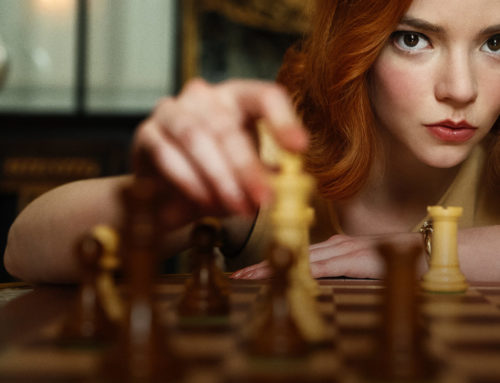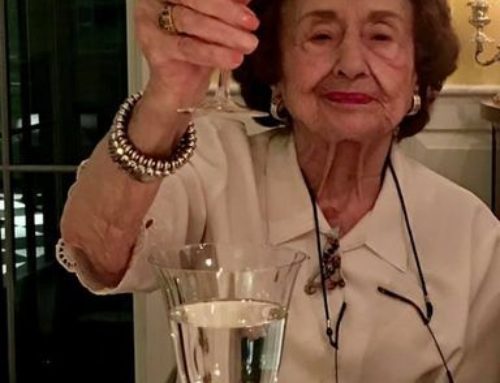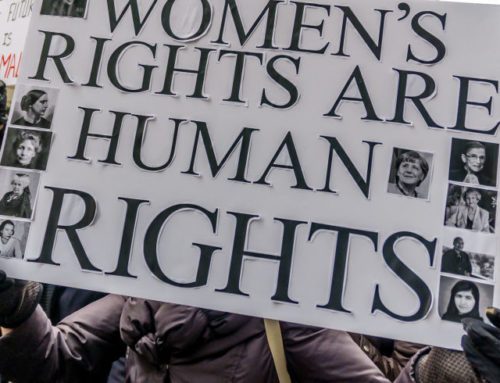
I can’t believe how bad I feel. The beautiful Elizabeth Taylor has died. My heart is aching and I feel such a loss. She was always for me a sign post on the horizon, the most perfectly beautiful woman I ever saw. My friends and I–Catholic high school girls in our blue serge uniforms–would argue about who was THE MOST beautiful– Grace Kelly or Elizabeth Taylor; for me it was indisputable: I proudly proclaimed Elizabeth’s huge violet eyes and double row of dark eyelashes, that heart-shaped face and porcelain roses and cream complexion. I still remember passing a note to my friend Brigid in religion class that I had just found out what Liz was wearing to the Oscars that year– a periwinkle blue gown to match her eyes.

I remember Richard Burton’s reaction upon first seeing her as a young star lounging by a pool at a Hollywood party– she was SO beautiful, he burst out laughing. I pored over her image in movies from NATIONAL VELVET, and LITTLE WOMEN, her already rapturous beauty now voluptuous at 17 in CONSPIRATOR opposite Robert Taylor. There was of course FATHER OF THE BRIDE and IVANHOE where her molten darkness made Robert Taylor’s choice of the pale Joan Fontaine seem absurd. That iconic kiss over Montgomery Clift’s shoulder in exquisite closeup in A PLACE IN THE SUN is burned in my memory.

Then Elizabeth Taylor blossomed into an extraordinarily tender and subtle actress, the perfect Tennessee Williams heroine: tormented, high-strung, deeply vulnerable, with a roiling inner life, barely contained by her smoldering surface: Maggie the Cat in CAT ON A HOT TIN ROOF, SUDDENLY LAST SUMMER. BUTTERFIELD 8 won her an Oscar. Later she won her second Oscar and did Edward Albee proud as a blowzy, aging, overweight professor’s wife opposite Richard Burton in WHO’S AFRAID OF VIRGINIA WOOLF. She was still beautiful, her performance liberating and reckless.
I met her once…outside the stage door of Boston’s Shubert Theater in 1983 when she and then ex-husband Richard Burton recreated their relationship onstage in Noel Coward’s PRIVATE LIVES. I couldn’t wait to see her and those eyes. There I was with a gaggle of reporters and autograph seekers, waiting, when suddenly she emerged from the building wearing a giant pair of dark glasses which covered half her face. I pushed to the front of the throng with my microphone and asked a question. “Ms. Taylor, do you ever get tired of all the crowds and people — do you ever wish you could just be a normal person?” She turned to me and languidly said- with just a hint of a smile, “Anyone could do that,” and swept by me like wave over a grain of sand.

Elizabeth Taylor was a star of incomparable glamor, and she embraced it.
Later we would discover, when she embraced her friend Rock Hudson then visibly consumed by AIDS, that she was a woman of uncommon humanity. She shed her considerable light on the disease before it was fashionable and the hundreds of millions of dollars she raised, saved millions of lives.

She will always represent perfection in my imperfect world; that’s what the stars are for. Elizabeth Taylor was the brightest one of all.





Leave A Comment
You must be logged in to post a comment.